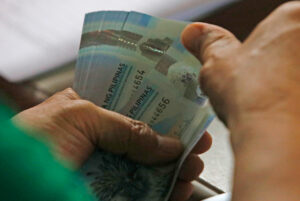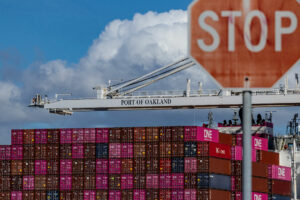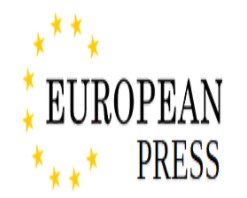More than eight million people will find themselves paying higher rates of income tax by the end of the decade due to the long-term freezing of tax thresholds, according to the UK’s official forecaster.
In projections released alongside the March spring statement, the Office for Budget Responsibility (OBR) said that 8.3 million people would be pulled into the tax system or pushed into higher tax bands by 2029-30 as a result of so-called fiscal drag — a consequence of earnings rising while tax thresholds remain fixed.
Fiscal drag occurs when tax bands do not rise in line with inflation or wages, effectively increasing the government’s tax take without raising headline rates. Often referred to as a “stealth tax”, it can go unnoticed by many workers, who only feel the impact once larger portions of their income are taxed at higher rates.
Threshold freezes, introduced by Rishi Sunak in 2021 during his time as chancellor, were intended to restore public finances post-pandemic. The policy has since remained in place, despite record wage growth and inflation. Had tax bands kept pace with inflation, the number of income taxpayers would be 37 million by 2029-30, according to the OBR — instead, it is forecast to hit 41.1 million.
Think tanks are divided over the approach. The Institute for Fiscal Studies has described frozen thresholds as a “stealthy” method of raising revenue, while the Resolution Foundation argues that it is a more progressive way to increase government income, particularly as higher earners end up contributing more.
Support authors and subscribe to content
This is premium stuff. Subscribe to read the entire article.









